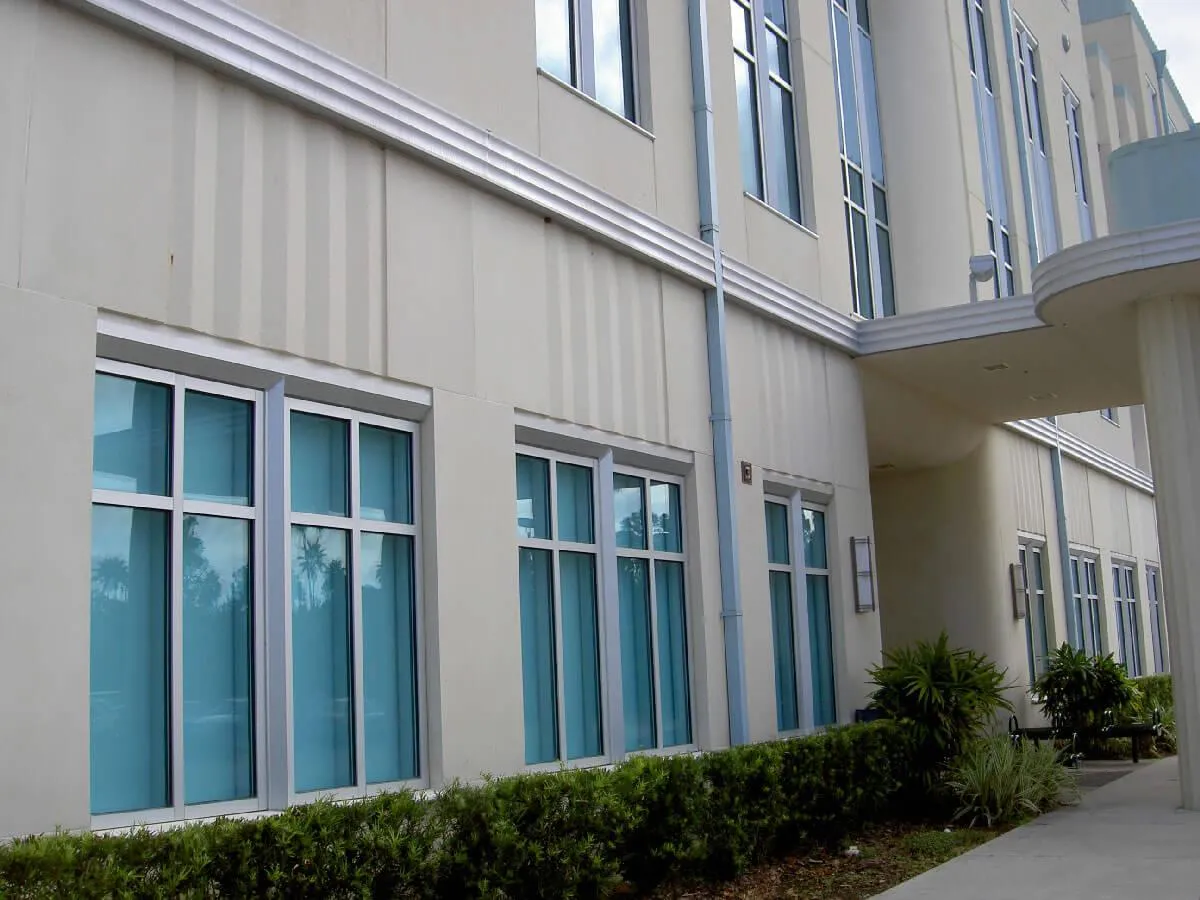In the realm of high-end commercial projects, luxury resorts, and residential developments, architectural precast concrete panels have emerged as the preferred choice for wall paneling among architects, builders, and landscape designers. Renowned for their unparalleled beauty, durability, and versatility, these precast elements offer a multitude of advantages over traditional building materials. In this article, we explore the reasons why precast is favored by industry professionals, compare precast wall paneling to other common building materials, and delve into the uses of wall paneling for both exterior and interior applications.
Why Precast is Preferred by Industry Professionals
Architectural precast concrete panels and wall paneling are favored by architects, builders, and landscape designers for several compelling reasons:
- Design Flexibility: Precast concrete panels offer unmatched design flexibility, allowing architects to create custom shapes, textures, and finishes to achieve their desired aesthetic vision. From intricate patterns and sculptural elements to smooth, minimalist surfaces, precast allows for virtually limitless design possibilities.
- Durability and Longevity: Precast concrete is renowned for its exceptional strength and durability, making it an ideal choice for high-traffic areas and exterior applications. With proper maintenance, precast panels can withstand the elements and retain their aesthetic appeal for decades, ensuring long-term value for building owners.
- Cost-Effectiveness: While the initial cost of precast concrete panels may be higher than some traditional building materials, such as wood or vinyl siding, their durability and low maintenance requirements result in significant cost savings over the lifespan of the building. Additionally, precast panels can be manufactured off-site, reducing construction time and labor costs.
- Sustainability: Precast concrete is inherently sustainable, as it is made from locally sourced materials and can be recycled at the end of its lifespan. The manufacturing process produces minimal waste, and precast panels can contribute to energy efficiency by providing thermal mass and reducing heating and cooling costs.
Comparing Precast Wall Paneling to Other Building Materials
When compared to other common building materials such as brick, stone, wood, and metal, precast wall paneling offers several distinct advantages:
- Beauty: Precast wall paneling provides a seamless, uniform appearance that is difficult to achieve with other materials. The smooth, clean lines of precast panels can enhance the modern aesthetic of a building façade, while custom textures and finishes allow for endless design possibilities.
- Durability: Precast concrete panels offer superior durability and resistance to weathering, moisture, and pests compared to wood, vinyl, or fiber cement siding. This makes them suitable for both exterior and interior applications, where they can withstand the rigors of daily use and maintain their appearance over time.
- Cost: While the initial cost of precast wall paneling may be higher than some materials like vinyl or fiber cement siding, their longevity and low maintenance requirements result in lower lifecycle costs. Additionally, the speed of installation and reduced labor costs associated with precast panels can offset the initial investment.
Transportation and Uses of Wall Paneling
Architectural precast concrete panels are transported throughout the US and the Caribbean using specialized equipment and shipping methods. These panels are typically fabricated off-site in controlled manufacturing facilities, then transported to the construction site using flatbed trucks or trailers. In some cases, large precast panels may be transported by barge or ship for projects located near waterways.
Wall paneling is utilized for a variety of exterior and interior applications in high-end commercial projects, resorts, luxury hotels, and residential developments. Exterior precast panels can be used for façade cladding, curtain walls, and architectural features such as cornices and banding, pilasters, and balustrades. Interior precast wall paneling can be used for accent walls, partitions, and decorative elements in lobbies, atriums, and common areas, adding visual interest and sophistication to interior spaces.
In Conclusion
Architectural precast concrete panels and wall paneling offer unparalleled beauty, durability, and versatility for high-end commercial projects, resorts, and luxury developments. With their design flexibility, durability, cost-effectiveness, and sustainability, precast panels have become the preferred choice for architects, builders, and landscape designers seeking innovative solutions for modern architectural design.
As a leader in precast manufacturing, D.C. Kerckhoff Company stands at the forefront of delivering exceptional quality and craftsmanship. Using a unique process for strength, durability, and the non-absorption of water, DC Kerckhoff exceeds standard specifications for precast set by (ASTM C 1364) the American Society for Testing of Material. It is their excellence in manufacturing for all projects throughout the US and the Caribbean that sets DC Kerckhoff apart from other architectural manufacturing companies.
DC Kerckhoff offers architects, builders, and landscape designers personalized assistance with their design and building projects.
Click Here to complete the contact form and request a quote. Or call us at 239-597-7218.
Sign up to get unlimited and immediate technical documents, requests for quotes, and helpful support from our experienced team.
Sign up
